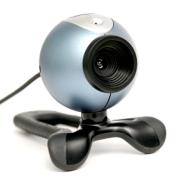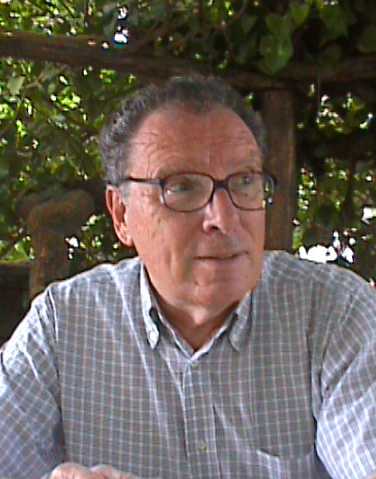The Sagnac Effect Explained
Date: 2009-03-01 Time: 08:00 - 10:00 US/Pacific (1 decade 5 years ago)
America/Los Angeles: 2009-03-01 08:00 (DST)
America/New York: 2009-03-01 11:00 (DST)
America/Sao Paulo: 2009-03-01 12:00
Europe/London: 2009-03-01 15:00
Asia/Colombo: 2009-03-01 20:30
Australia/Sydney: 2009-03-02 02:00 (DST)
Where: Online Video Conference
Description
It is remarkable that almost a century after the discovery of the Sagnac effect no justification based on the two relativistic theories has been found. Hasselbach and Nicklaus, describing their own experiment, list about twenty different explanations of the effect and comment: "This great variety (if not disparity) in the derivation of the Sagnac phase shift constitutes one of the several controversies ... that have been surrounding the Sagnac effect since the earliest days of studying interferences in rotating frames of reference."
In the Sagnac 1913 experiment a platform was made to rotate uniformly around a vertical axis at a rate of 1-2 full rotations per second. In an interferometer mounted on the platform, two interfering light beams, reflected by four mirrors, propagated in opposite directions along a closed horizontal circuit defining a certain area. The rotating system included also the luminous source and a photographic plate recording the interference fringes.



